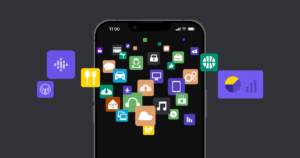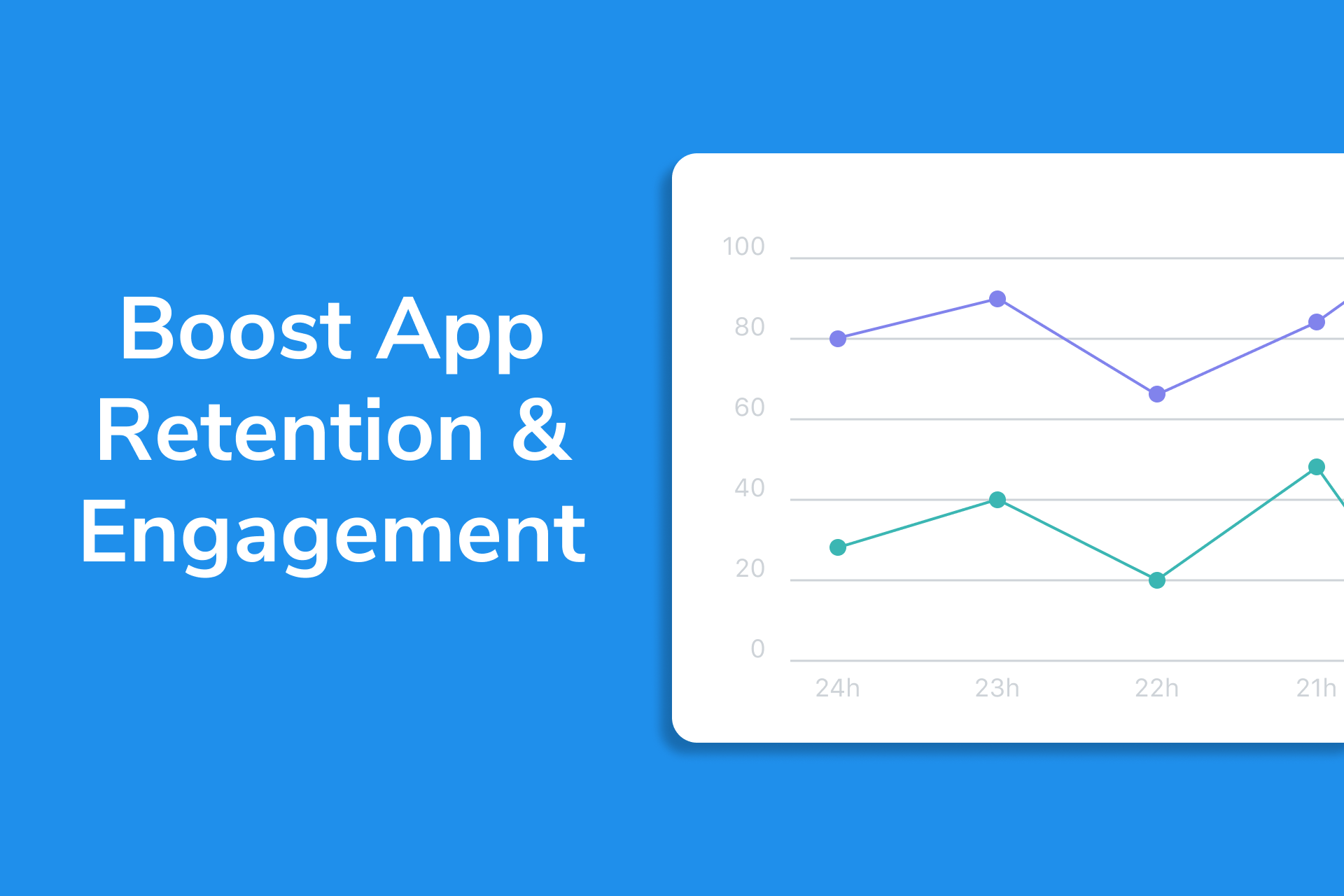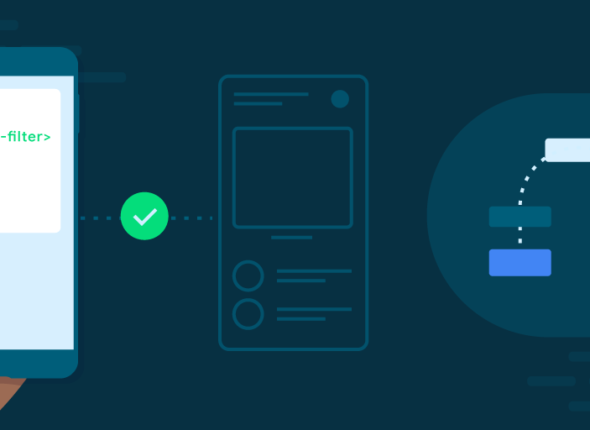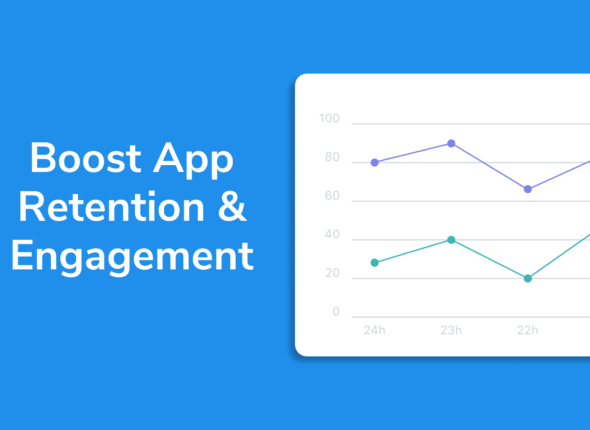In the highly competitive app marketplace, user retention is one of the most important metrics for measuring success. While acquiring new users is crucial, it’s even more valuable to retain existing ones. App abandonment, where users stop using or uninstall an app after initial use, is a common challenge for developers. Studies show that around 25% of users abandon an app after just one use, and the majority do not return after 90 days if not properly engaged.
To combat this, developers need a well-thought-out strategy to not only capture users’ attention but also keep them engaged and coming back for more. In this blog, we will explore proven strategies to reduce app abandonment and increase user retention.
1. Optimize Onboarding for a Seamless Start
The user’s first experience with your app is crucial. An over-complicated, confusing, or slow onboarding process can quickly drive users away. Onboarding is your first chance to introduce users to your app’s core features and demonstrate its value. A smooth and intuitive onboarding experience can significantly reduce abandonment rates.
Best Practices for Onboarding:
- Keep it Simple: Avoid overwhelming users with too many features or instructions at once. Focus on demonstrating the key value proposition of the app in a few steps.
- Interactive Tutorials: Use interactive elements to guide users through key features rather than bombarding them with lengthy text. A hands-on approach helps users learn by doing.
- Provide Value Quickly: Users should experience the value of the app as soon as possible. Highlight the app’s main features and how they address the user’s needs or problems.
- Allow Skipping: Give users the option to skip the onboarding process if they prefer to explore the app on their own.
Example:
Apps like Duolingo and Dropbox provide quick and engaging onboarding experiences by guiding users through interactive, step-by-step processes that demonstrate the app’s core features.
2. Focus on Personalization

Personalized experiences can make users feel more connected to your app. Tailoring content, recommendations, and notifications to the user’s preferences, behavior, and needs can significantly improve retention. Users are more likely to stick with an app that feels relevant and understands their individual preferences.
How to Implement Personalization:
- Collect User Data: Use behavioral data, preferences, and user demographics to create personalized recommendations and content.
- Tailored Push Notifications: Send personalized notifications based on users’ in-app actions, preferences, and activity. Avoid generic or irrelevant messages, which can lead to users disabling notifications or abandoning the app altogether.
- Content Customization: For content-driven apps (e.g., news, fitness, or entertainment), personalize content feeds based on what the user has previously engaged with or viewed.
Example:
Spotify is known for its excellent personalization strategy. By analyzing user behavior and preferences, it curates personalized playlists like “Discover Weekly” and “Daily Mix,” which increase user engagement and retention.
3. Implement Push Notifications Thoughtfully

Push notifications can be a double-edged sword. When done right, they can re-engage users and bring them back to your app. However, irrelevant or excessive notifications can irritate users and lead to app abandonment. The key is finding a balance between keeping users informed and not overwhelming them.
Best Practices for Push Notifications:
- Send Relevant Content: Tailor notifications to users based on their past interactions, preferences, and app usage patterns.
- Use Trigger-Based Notifications: Send notifications based on user actions, such as reminders for abandoned carts, subscription renewals, or reminders to finish incomplete tasks.
- Timing Matters: Consider the user’s time zone and usage patterns. For example, sending notifications early in the morning or late at night can be disruptive.
- Allow Customization: Give users control over the type and frequency of notifications they receive. This reduces frustration and prevents users from turning off notifications entirely.
Example:
Amazon uses trigger-based notifications to remind users of abandoned carts or notify them of deals on items they’ve viewed. This personalized approach brings users back to the app and encourages purchases.
4. Offer Incentives and Rewards
Rewarding users for their engagement can be a powerful way to increase retention. Offering incentives such as discounts, exclusive content, or in-app rewards can encourage users to return to your app frequently and continue using it.
Types of Incentives:
- Loyalty Programs: Reward users for frequent app usage or for reaching specific milestones. For example, a fitness app might reward users with badges or points for completing workouts.
- Exclusive Discounts: E-commerce or subscription-based apps can offer personalized discounts or special offers to encourage users to continue using the app.
- Referral Bonuses: Encourage users to invite their friends by offering rewards for successful referrals. This not only increases user acquisition but also promotes user engagement.
Example:
Starbucks uses a highly effective loyalty program within its app. Users earn points for every purchase, which can be redeemed for rewards. This system not only drives repeat usage but also builds long-term customer loyalty.
5. Provide Regular App Updates and Improvements

Continuous updates to your app that improve its functionality, design, or add new features can help keep users engaged. Regular updates show users that the app is being actively maintained and improved, which can build trust and encourage long-term retention.
Best Practices for Updates:
- Incorporate User Feedback: Listen to user feedback and address their pain points in future updates. Users are more likely to stay if they see their feedback being implemented.
- Bug Fixes: Promptly fix bugs and technical issues that may frustrate users. No one wants to continue using an app that consistently crashes or has performance issues.
- Introduce New Features: Keep users interested by rolling out new, useful features. However, ensure that these features are aligned with user needs and preferences.
- Communicate Updates: Use release notes, in-app messages, or notifications to inform users about new features or improvements, ensuring they are aware of the continuous value the app provides.
Example:
Instagram regularly introduces new features, such as IGTV or Reels, which keeps users engaged and excited to explore new functionality.


6. Create a Community Around Your App
Building a community around your app can foster a sense of belonging and encourage long-term engagement. Social features like user forums, activity feeds, and the ability to share achievements or content can motivate users to keep coming back.
How to Build a Community:
- Encourage User Interaction: Allow users to interact with each other through comments, likes, and shares. This creates a more engaging environment.
- Incorporate Social Sharing: Enable users to share their in-app achievements or content on social media platforms. This not only increases engagement but also helps with organic app promotion.
- Host Challenges or Events: Organize challenges, events, or contests that encourage users to participate and engage with the app regularly.
Example:
Strava, a fitness app, fosters a strong community by allowing users to follow each other, share workout progress, and participate in challenges. This community-driven approach increases retention by making users feel part of a group.
7. Use Data Analytics to Track User Behavior
Understanding how users interact with your app is essential for identifying pain points, improving user experience, and reducing abandonment. Data analytics provides valuable insights into user behavior, engagement, and retention.
Key Analytics to Track:
- Retention Rate: Measure how many users continue using the app after a specific period (e.g., Day 1, Day 7, Day 30).
- Churn Rate: Monitor how many users abandon the app after a specific period.
- Session Length: Track how much time users spend in the app per session, which helps you identify areas for improvement.
- Feature Usage: Analyze which features are most and least popular to understand what drives user engagement.
By leveraging analytics, you can make data-driven decisions to optimize the user experience and improve retention.
Conclusion
Reducing app abandonment and increasing retention requires a multi-faceted approach. From improving the onboarding experience to providing ongoing value through personalization, updates, and community-building, each strategy plays a crucial role in keeping users engaged with your app. By focusing on user experience, providing regular improvements, and utilizing data analytics, developers can create apps that not only attract new users but also foster long-term engagement and loyalty.
Tips for Reducing App Load Time and Memory Usage
In today’s fast-paced digital world, users expect mobile apps to perform flawlessly, load quickly, and run efficiently. An app that…
Strategies to Reduce App Abandonment and Increase Retention
In the highly competitive app marketplace, user retention is one of the most important metrics for measuring success. While acquiring…
Fintech App Development: Ensuring Compliance and Security
The rapid growth of fintech (financial technology) apps has revolutionized the financial services industry. From mobile banking and digital wallets…
The Future of Mobile Apps in the Travel and Tourism Industry
The travel and tourism industry has undergone a significant transformation in recent years, driven largely by advancements in technology. Mobile…
What Every Developer Should Know About Securing API Endpoints
APIs (Application Programming Interfaces) play a critical role in modern application development, enabling communication between client applications and backend services.…
Integrating Cloud Services into Your Mobile App
Cloud services have revolutionized the way modern mobile apps are developed, deployed, and maintained. Integrating cloud services into your mobile…







